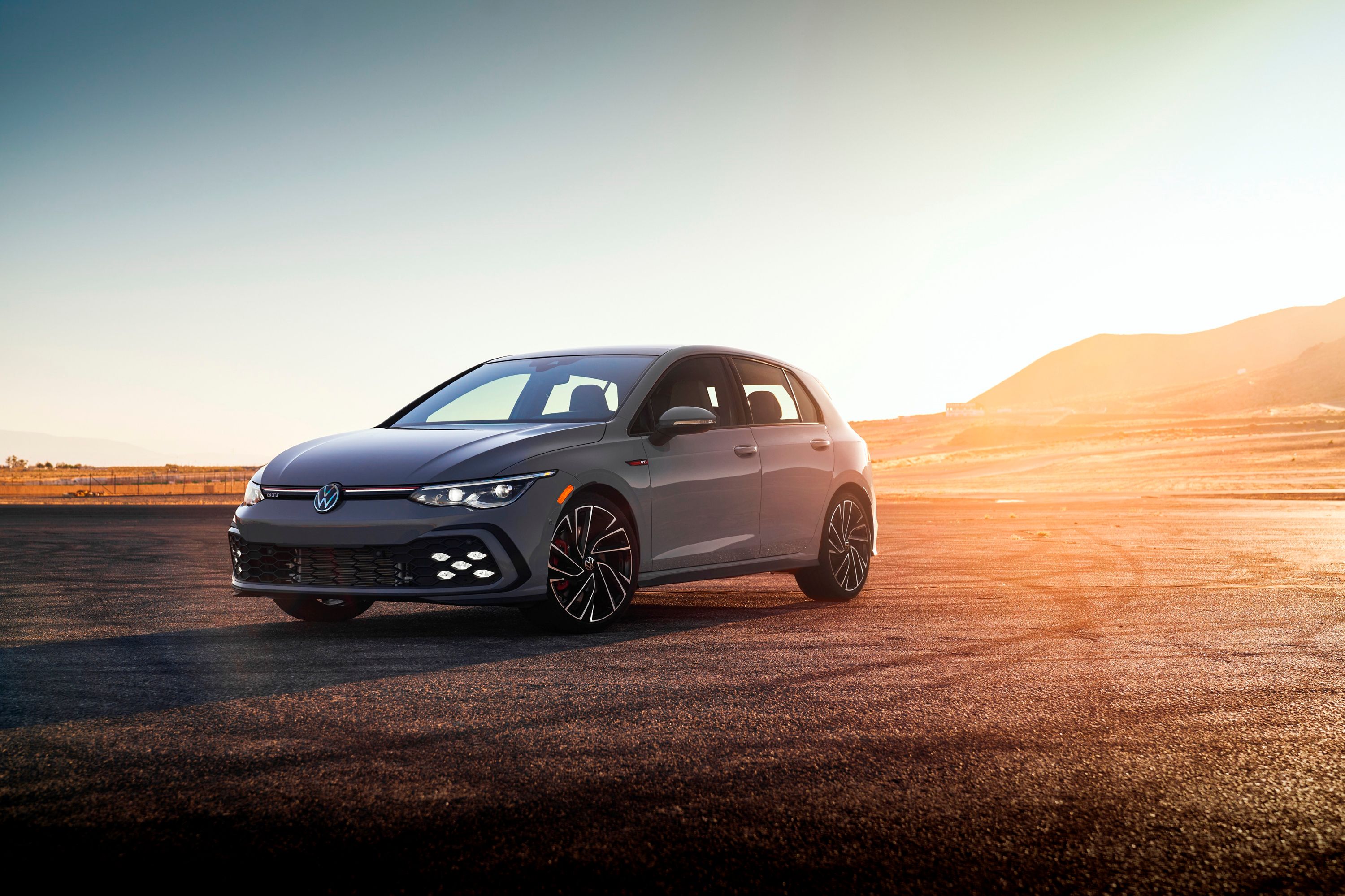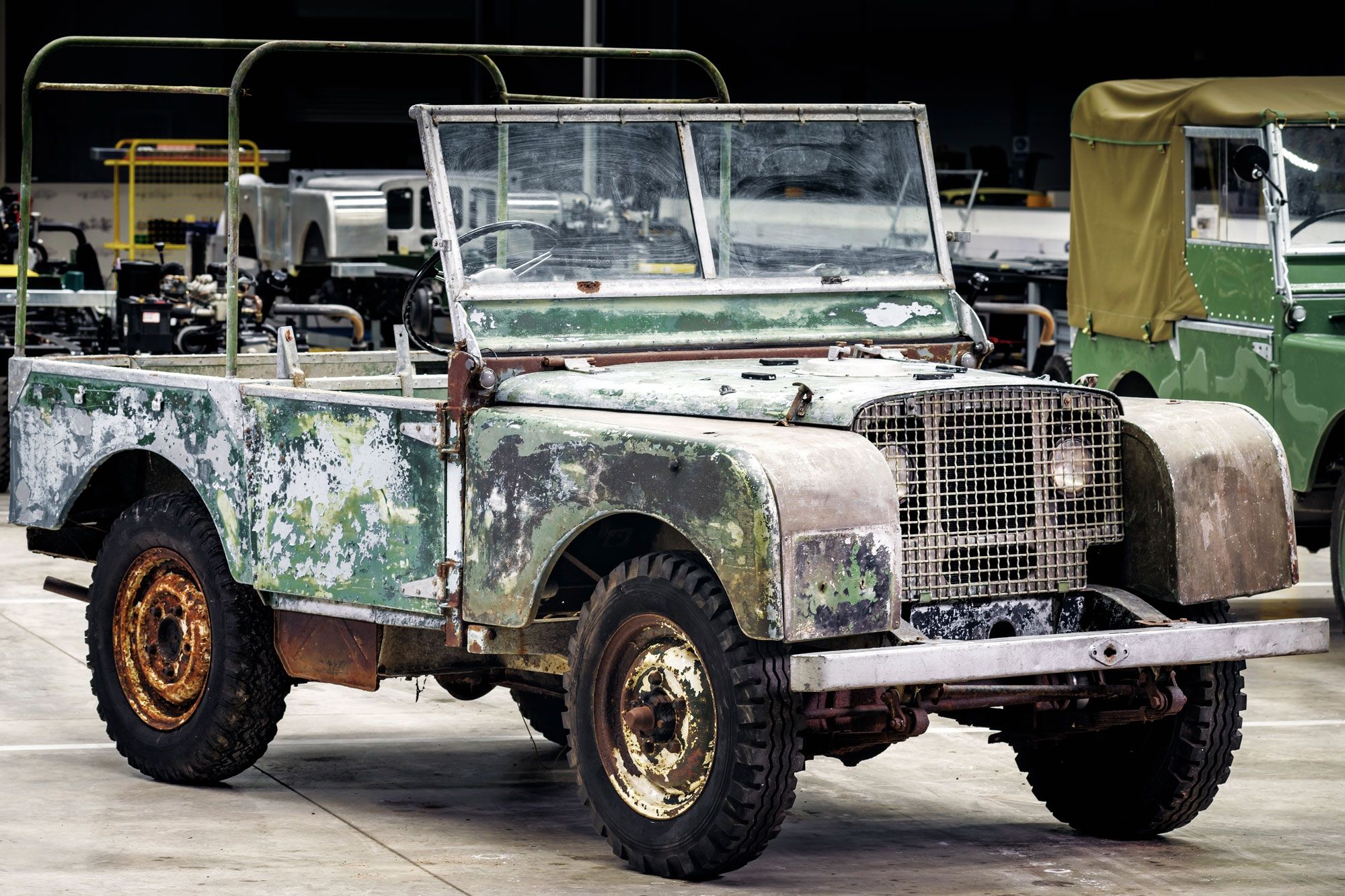
Once upon a time, a car was pretty much a car. You got an engine, four wheels touching the ground, a steering wheel, some seats, and a luggage rack or a trunk of some sort. Then coachbuilders got involved, and new body styles came along. We got the family car, the station wagon, and the sports car. Pickup trucks came early, with Gottlieb Daimler's "Phoenix" in 1896, and started their slow evolution into what they are today. As the automotive industry grew, the big brands started taking over.
But what leads to a new automotive segment varies. It can start with automotive culture leading a company to recognize what consumers want or someone in a company working out how to deliver what people need in a better way. Whichever way a segment began, these are some of the key cars that have started new segments in the industry.
1. Land Rover Series I
We look forward to your comments, but the reality is that the 1948 Land Rover was the first real production off-road vehicle for civilian use and predated the Jeep CJ-5 by six years. And while the CJ Jeeps were mainly a phenomenon in North America, the Series I Land Rovers spread across the globe to the point it's often claimed that the first car half the world's population saw was a Land Rover. Like the experimental early Jeep CJ models, the first generations of Land Rovers were designed with agriculture in mind. However, its sturdiness and ability to traverse demanding ground led to it being used heavily for exploration and started the rise of the off-roader as a hobbyist and leisure vehicle.
2. Renault 4
We can wholly thank the French for the hatchback. Citroen came up with the split tailgate design in 1938 when it was aiming sedans at tradespeople, but after World War II, the design switched to a single door hinged at the roof, and the hatchback was born. It wasn't until the Renault 4 in 1961 that the hatchback hit the mainstream and the idea caught on. There is a caveat, though. The Renault 4 had its engine mounted longitudinally (front to back) rather than transversally (side to side) as modern hatchbacks do. The hatchback as we know it was the 1967 Simca 1100, and the first hot hatch was the Simca 1100 Ti.
3. Pontiac GTO
Before the Pontiac GTO, automakers were already putting powerful V8s in smaller cars. In 1955, the Chrysler C-300 was the first car to be built and marketed as a high-performance variant with its 300-horsepower V8. However, it didn't create the muscle car segment. Muscle cars were about street racing between lights and at the drag strip, not NASCAR. In the 1950s and early 1960s, people were souping up cars for a high horsepower-to-weight ratio for drag racing. John DeLorean, Bill Collins, and Russell Gee recognized that a big engine in a small car would make for a street racing machine straight off the dealer's lot. In 1964, a GTO package was offered for the Pontiac Tempest that came with a 325-hp V8. Also included were a four-barrel carburetor, dual exhaust pipes, a three-speed manual transmission with a Hurst shifter, stiffer springs, and sway bars. And, like that, the muscle car segment was invented.
4. Lamborghini Miura
It's a common misconception that the term "supercar" was coined for the Lamborghini Miura. It was around way before the Miura and you could argue that vehicles such as the 1938 Bugatti 57SC or 1954 Gullwing Mercedes were the original supercars. However, by creating a beautiful, expensive, V12, mid-engined sports car for the road in 1966, Lamborghini got to define a segment that is still hard-fought over today. Even Ferrari chased Lamborghini into supercar territory to create its first mid-engined road car. The Dino 206 GT arrived a year later.
5. Volkswagen Golf GTI
While the Simca 1100 Ti was the first hot hatch, it was the double punch of the 1976 Volkswagen Golf GTI and the 1976 Renault 5 Alpine that created the huge market for a small, practical hatchback with the kind of performance that could match larger cars. The Renault 5 Alpine hit the market first by a matter of months, but the Golf GTI stole its thunder as the form caught fire. While the hot hatch market has never been mainstream in the US, it dominated Europe in the 1980s and 1990s.
6. Jeep Cherokee (XJ)
You could call the 1946 Willys Overland Station Wagon the prototype for the modern SUV, but the vehicle that kickstarted the Sport Utility Vehicle as a segment was the 1984 Jeep Cherokee. The term hadn't been invented then, and Jeep called its compact-sized monocoque design 4x4 a Sportwagon. To show how slow development can be, the XJ-generation Cherokee's roots go back to designs from 1978 by engineers from American Motors (AMC) and Renault working together. It was light, powered by a 2.5-liter four-cylinder engine, but as rugged as a Jeep should be while being easier to drive on the road than previous models. Looking at it now, it's hard to believe just how big of a game-changer the Cherokee was for the automotive industry, car culture, and popular culture.
7. Plymouth Voyager / Renault Espace
While the Plymouth Voyager came to market in 1984 and a few months before the Renault Espace, it would be unfair to claim it kicked off the minivan segment. The world is round, and the Voyager did the job in the US while the Espace did it in Europe. Between the separately developed vehicles, family's were able to have the utility of a small passenger van but as easy to drive like a large car. The minivan is largely dying in the US as crossovers take over, but the Espace is still in production and, while not as dominant as it was, is still selling across Europe. Brands like Kia are mixing two segments with ruggedly-styled minivans like the Carnival that could see the segment live on a little longer.
8. Toyota RAV4
Like other vehicles on the list, the Toyota RAV4 wasn't the first of its kind. There were attempts to create an SUV that drove like a car, or a car with the traits of an SUV, before the RAV4. Most notably, the AMC Eagle was lifted station wagon, and the Jeep Cherokee XJ was an SUV on a unibody chassis. However, the crossover segment as we know it was defined by the 1996 RAV4 - a rugged vehicle built on a car platform with all-wheel drive available. In other words, it looked like an SUV, but it was smaller and built on a monocoque chassis. It was practical, could venture off the tarmac, drove just like a car, and created the fastest-growing segment in modern automotive history.
9. Toyota Prius
There's a solid argument to be made that the 1997 Toyota Prius is the most important car since the Ford Model T. It wasn't the first hybrid vehicle, however, the Prius popularized the concept and created a segment. Its reach has gone further, though. Now, hybrid vehicles aren't considered a segment but rather a mainstream offering as almost all mass-market automakers make versions of their most popular vehicles with electric power assisting a gas engine, and some not offering certain vehicles in a non-hybrid configuration at all. Furthermore, with its mass adoption, the Prius can be directly attributed to the development of battery technology and its drop in price that allowed the electric car to enter the mass market.
10. Tesla Model S
While the electric car segment isn't growing in sales so much as it is growing in sheer models available, it's now a reality. The electric car has been around since the birth of the car, but it was Martin Eberhard and Marc Tarpenning that realized electric cars could replace gas-powered cars in the 21st century. They founded Tesla Motors in 2003, and Elon Musk stepped in in 2004 with a $6.5 million investment. In 2005, he took an active role in the company for the Roadster. It was, essentially, a prototype and after signifying what the brand could do, was replaced in production by the Model S - the first mainstream luxury electric sedan - in 2012. It went on to become the first electric car to top monthly sales of a country, Norway, and that set the trajectory for both the car and the company and the automotive industry.

